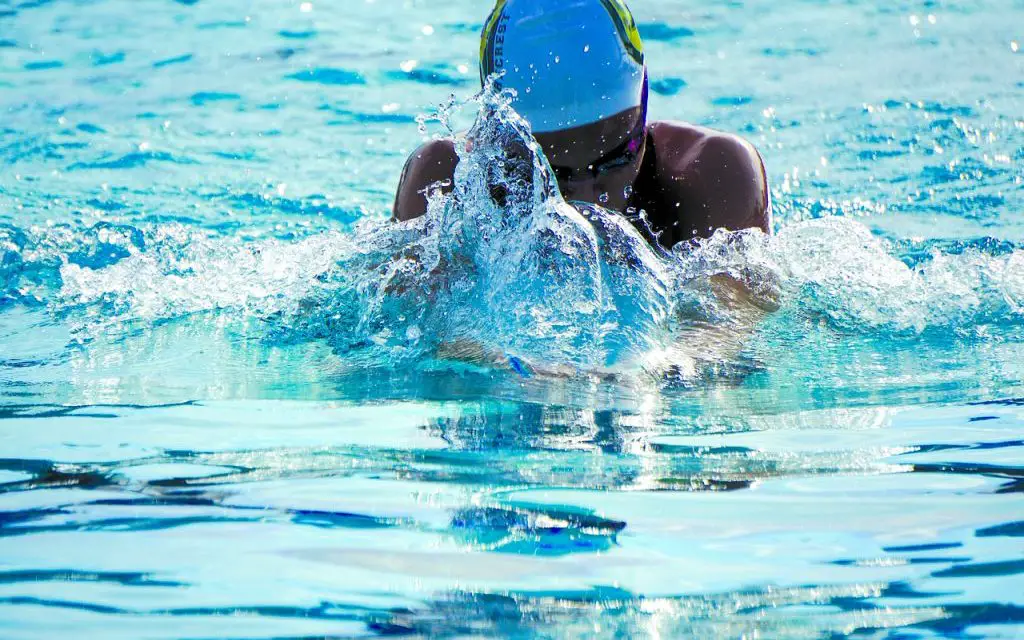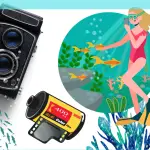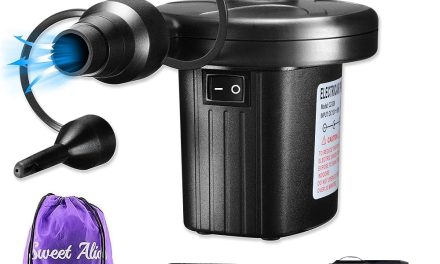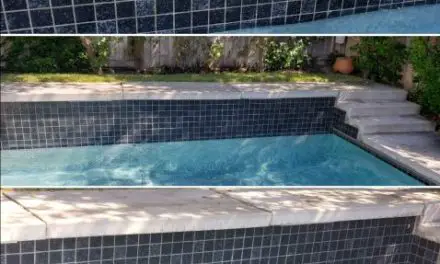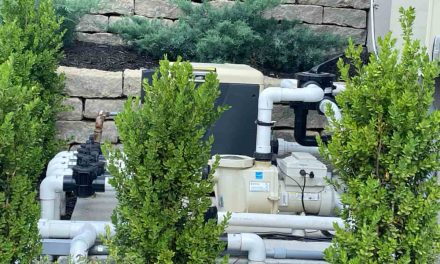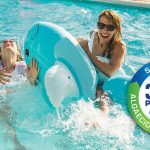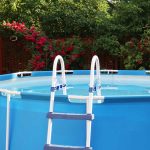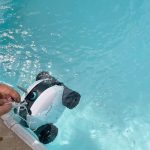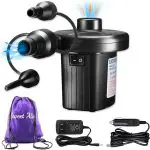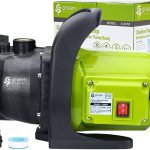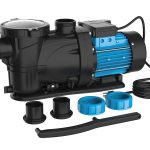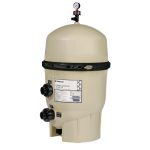To be a faster swimmer, focus on improving your kick and mastering rotary breathing. Additionally, work on maintaining a straight line while swimming to reduce drag and increase efficiency.
Swimming faster is a goal many swimmers strive for, whether they are beginners or experienced athletes. Improving your speed in the water requires a combination of technical skills, strength, and endurance. This article will provide you with some tips and techniques to become a faster swimmer.
By working on your kick and mastering rotary breathing, you can enhance your propulsion and maintain a consistent speed. Additionally, staying in a straight line while swimming will reduce drag, making your movements more efficient. So, if you’re looking to improve your swimming speed, read on for some valuable advice.
Understanding The Basics Of Speed In Swimming
To become a faster swimmer, focus on improving your kick and mastering rotary breathing. It’s also important to maintain a straight line while swimming and work on your technique to streamline your body and fully extend your strokes.
Swimming faster is a skill that can be developed with the right techniques and understanding of the key factors that affect speed. In this section, we will explore the relationship between stroke technique and speed, the importance of body position and streamlining, and how drag affects swimming speed.
The Relationship Between Stroke Technique And Speed
- Proper stroke technique plays a vital role in maximizing speed in swimming.
- Focus on the following aspects to improve your stroke technique:
- Arm movement: Efficient and powerful arm pulls generate more propulsion in the water.
- Body rotation: Utilize your core muscles to rotate your body with each stroke, increasing your reach and power.
- Kicking: Strong and consistent kicks provide additional propulsion and help maintain body position.
- Breathing: Mastering the breathing technique so that it disrupts your stroke as little as possible.
- Timing: Coordinating your arm, leg, and body movements to create a smooth and efficient stroke.
Importance Of Body Position And Streamlining
- Achieving and maintaining proper body position is crucial for minimizing drag and maximizing speed.
- Here’s why body position and streamlining matter:
- Hydrodynamics: A streamlined body reduces resistance against the water, allowing for quicker movement.
- Head position: Keep your head aligned with your body, looking slightly downwards to maintain a streamlined position.
- Body alignment: Keep your body in a straight line from head to toes, minimizing surface area and reducing drag.
- Core engagement: Engaging your core muscles helps stabilize your body and maintain a streamlined position.
How Drag Affects Swimming Speed
- Drag is the resistance encountered as you move through the water, and it can significantly affect your speed.
- Consider the following factors related to drag:
- Form drag: The resistance caused by the shape and position of your body in the water.
- Friction drag: The resistance caused by the friction between your body and the water.
- Wave drag: The resistance caused by the waves created as you swim.
- Minimizing drag is essential for swimming faster. Focus on:
- Streamlining: Ensuring your body is aligned and reducing any unnecessary movements or surface area.
- Smooth movements: Minimize abrupt changes in direction or unnecessary splashing to reduce drag.
- Body position: Maintaining a streamlined body position throughout the swim to minimize drag.
Understanding the basics of speed in swimming, including stroke technique, body position, and drag, is vital for improving your swimming performance. By focusing on these fundamental elements, you can enhance your efficiency in the water and ultimately become a faster swimmer.
Developing A Strong Kick For Speed
Developing a strong kick is essential for increasing your speed in swimming. Focus on improving your flutter kick and mastering rotary breathing to enhance your swimming speed. Stay in a straight line to minimize resistance and improve efficiency in the water.
A powerful kick is crucial for swimmers looking to increase their speed in the water. The kick provides propulsion and helps maintain balance and stability while swimming. By developing a strong kick, swimmers can improve their overall performance and efficiency in the water.
In this section, we will explore the role of the kick in propulsion, different types of kicks for different strokes, and exercises to improve kicking power and efficiency.
The Role Of The Kick In Propulsion:
- The kick plays a significant role in propelling the swimmer through the water, especially in freestyle and butterfly strokes.
- It provides additional forward momentum and helps maintain a streamlined body position.
- A strong and effective kick helps reduce drag and increases overall speed.
Different Types Of Kicks For Different Strokes:
- Freestyle and butterfly strokes rely heavily on the flutter kick, which involves quick, continuous movement of the legs.
- The legs should remain relatively straight with a slight bend at the knees.
- The movement primarily comes from the hips and involves an up-and-down motion.
- Breaststroke utilizes a whip kick, where the feet are turned out and then brought together in a circular motion.
- The whip kick provides both propulsion and stability.
- Backstroke utilizes a flutter kick similar to freestyle but with a relaxed and continuous motion.
- The legs should remain close to the surface of the water.
Exercises To Improve Kicking Power And Efficiency:
- Kickboard drills: Using a kickboard, focus on kicking from the hips while keeping the upper body steady.
- Practice various kicking drills, such as single-leg kicks or alternating kicks, to develop leg strength and coordination.
- Fins training: Wearing fins can help increase resistance and improve leg strength.
- Practice kicking with fins, focusing on a strong and powerful kick while maintaining proper form.
- Dryland exercises: Incorporate dryland exercises that target the muscles used in kicking, such as squats, lunges, and core exercises.
- Strengthening the lower body and core will enhance kicking power and stability in the water.
By dedicating time and effort to developing a strong kick, swimmers can significantly improve their speed in the water. Consistent practice of kicking drills and targeted exercises will enhance kicking power and efficiency, leading to better overall performance in swimming competitions and training sessions.
Optimizing Your Stroke Technique
Improve your swimming speed by optimizing your stroke technique. Focus on mastering the kick, practicing proper breathing, and maintaining a straight line as you swim. These tips will help you become a faster swimmer.
Building a strong and efficient pull:
- Engage your core muscles to maintain stability in the water.
- Reach forward with a relaxed and extended arm to maximize your stroke length.
- Initiate the pull by engaging your latissimus dorsi muscles, pulling your hand through the water.
- Use your forearm to generate propulsion by pressing against the water.
- Maintain a high elbow position during the pull phase to minimize drag.
Importance of hand entry and catch:
- Enter the water with your fingertips first, followed by your hand and forearm.
- Aim for a smooth and quiet entry to minimize splashing and resistance.
- Initiate the catch by using your fingertips, forearm, and palm to grab onto the water.
- Maintain a strong grip as you pull through, maximizing propulsion.
- Keep your wrist firm and avoid excessive bending, as it can reduce efficiency.
Timing and coordination of arm and leg movements:
- Ensure proper synchronization between your arms and legs for efficient propulsion.
- Time your arm pulls with the kick of your legs to maximize power transfer.
- Coordinate your breathing with your arm recovery to maintain a smooth and continuous stroke.
- Aim for a balanced rhythm between your arms and legs, avoiding any jerky movements.
- Practice and refine your timing through drills and regular training sessions.
Remember, optimizing your stroke technique requires practice, patience, and attention to detail. By focusing on building a strong and efficient pull, emphasizing the importance of hand entry and catch, and improving the timing and coordination of your arm and leg movements, you can become a faster swimmer.
Incorporating Interval Training For Speed Improvement
Improve your speed as a swimmer by incorporating interval training into your routine. Focus on kick improvement, master rotary breathing, and maintain proper body alignment for faster results.
Interval training is a highly effective method for improving swimming speed. By alternating periods of high-intensity effort with periods of rest or lower intensity, swimmers can enhance their cardiovascular fitness, muscular endurance, and overall performance. Incorporating interval training into your swim workouts can help you become a faster swimmer.
Here are some key benefits of interval training for swimming:
- Increased cardiovascular capacity: Interval training improves your heart’s ability to pump oxygen-rich blood to your muscles, enhancing their endurance and efficiency.
- Improved lactate threshold: Interval training helps raise your lactate threshold, allowing you to swim at a higher intensity before experiencing muscle fatigue.
- Enhanced anaerobic capacity: Interval training activates your anaerobic energy system, enabling you to generate more power and speed during sprints or high-intensity sets.
- Time-efficient workouts: By focusing on short bursts of intense effort, interval training allows you to achieve significant fitness gains in a shorter amount of time compared to steady-state swimming.
To optimize your interval training sessions, it’s essential to choose the right types of interval training sets. Here are some commonly used interval training sets for swimmers:
- Pyramid sets: These sets involve progressively increasing and then decreasing the distance or intensity of each repetition, resembling the shape of a pyramid. For example, you can start with shorter distances, such as 50 meters, and gradually increase to a peak distance, such as 200 meters, before reversing the pattern.
- Tabata sets: Tabata training is a form of high-intensity interval training (HIIT) with short, intense work periods followed by equally short rest periods. A Tabata set typically consists of eight rounds of 20 seconds of maximum effort followed by 10 seconds of rest.
- Broken sets: Broken sets involve dividing a longer distance into shorter intervals with brief rest periods in between. For instance, you can break a 400-meter swim into four sets of 100 meters with a 15-seconds rest in between each set.
- 1: 1 sets: In these sets, your work interval is equal to your rest interval. For example, you can swim a fast 100-meter sprint and then rest for the same amount of time it took you to complete the sprint before repeating the set.
Finding the right balance between intensity and recovery is crucial for effective interval training. Here’s how you can achieve this:
- Gradually increase intensity: Start with shorter and less intense intervals and gradually build up to more challenging workouts as your fitness improves.
- Listen to your body: Pay attention to your body’s signals and adjust the intensity or duration of your intervals and rest periods accordingly. Push yourself, but avoid pushing beyond your limits.
- Incorporate active recovery: Instead of complete rest between intervals, engage in active recovery exercises like easy swimming or kicking to promote blood flow and reduce muscle stiffness.
- Monitor your progress: Keep track of your performance and make adjustments to your interval training based on your results. Regularly reassessing and modifying your training plan will help you continue making improvements.
Incorporating interval training into your swimming routine can bring significant benefits for your overall speed and performance in the water. By following a well-designed interval training program and striking the right balance between intensity and recovery, you can become a faster and more efficient swimmer.
So, jump in the pool and start reaping the benefits of interval training!
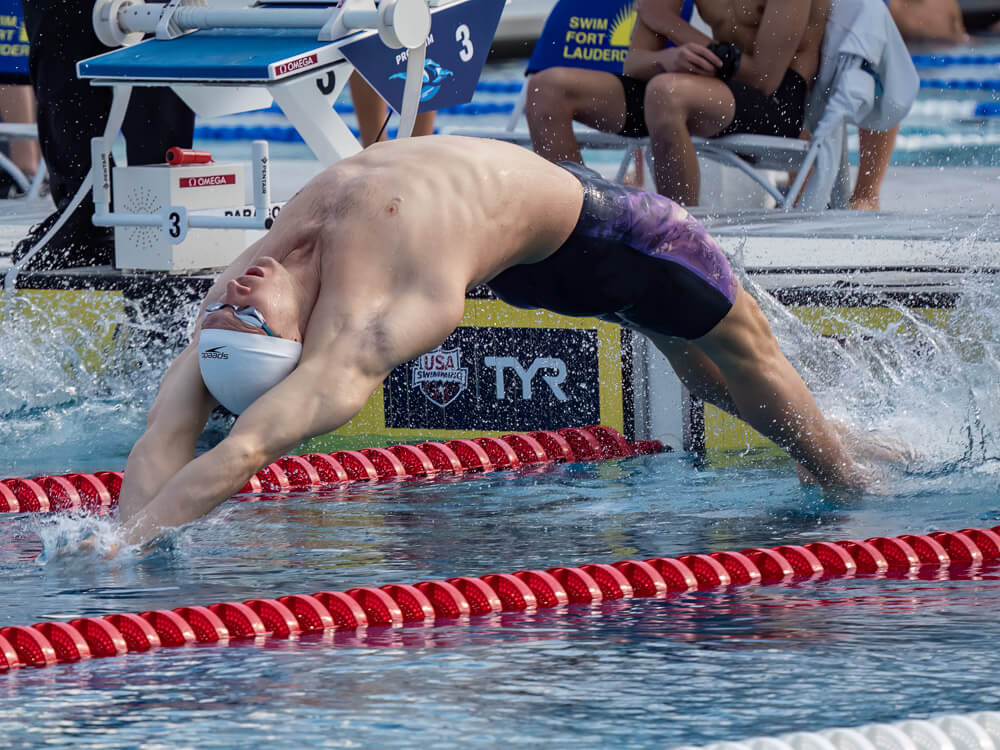
Credit: www.swimmingworldmagazine.com
Frequently Asked Questions Of How To Be A Faster Swimmer
How Can I Improve My Swimming Speed?
Improve your swimming speed by working on your kick and mastering rotary breathing. Focus on staying in a straight line and improving your technique.
How Can I Swim Faster Without Getting Tired?
To swim faster without getting tired, focus on improving your kick and mastering rotary breathing. Additionally, work on staying in a straight line and maintaining a streamlined body position. Develop good technique, practice proper breathing, and ensure your body is fully extended.
Stretching out and imagining a string pulling your head towards the other end of the pool can also help improve speed.
Why Am I Slow Swimmer?
There can be multiple reasons for being a slow swimmer, including lack of streamlining, improper technique, and not fully extending during strokes. Focus on stretching out and improving technique to swim faster.
Conclusion
Improving your swimming speed is an achievable goal with the right techniques and practices. One key aspect to focus on is your kick. Whether you’re a beginner or an experienced swimmer, perfecting your flutter kick can greatly impact your speed.
Another area to work on is your breathing technique. Mastering rotary breathing can contribute to faster speeds in the water. Additionally, maintaining a straight line and improving your body’s streamlining can make a significant difference. Optimal technique is crucial for improving your swimming speed.
Alongside technique, it’s important to pay attention to your overall health and fitness, including proper breathing and maintaining balance. Lastly, don’t be afraid to challenge yourself by incorporating harder workouts and choosing the right swimming gear for better performance. With consistency and dedication, you can become a faster swimmer and achieve your goals in the water.
Keep practicing, staying focused, and never lose your passion for swimming.

